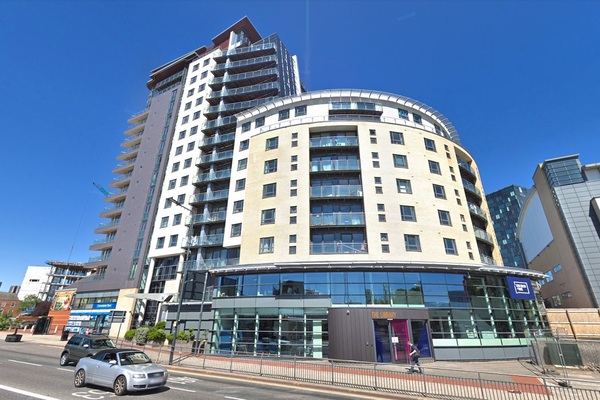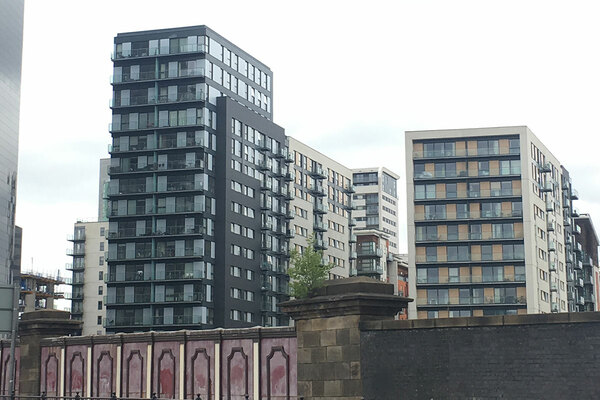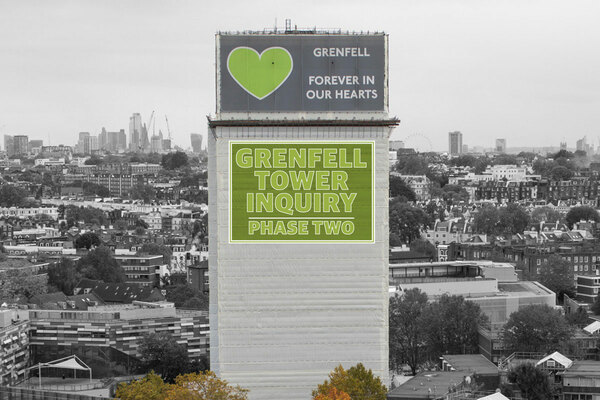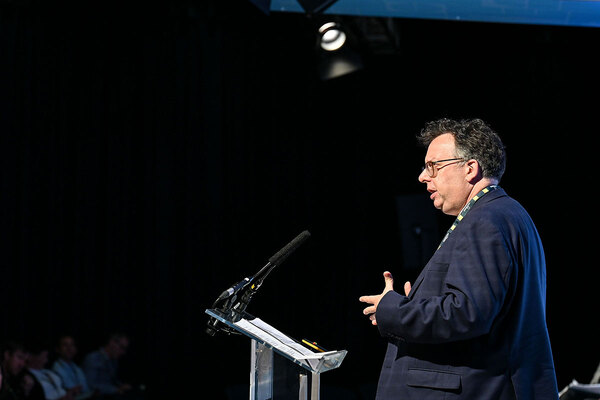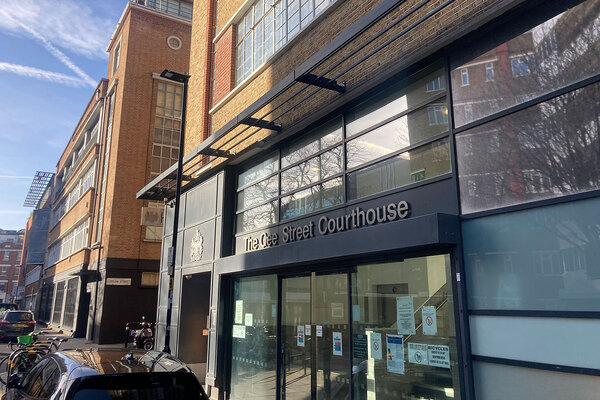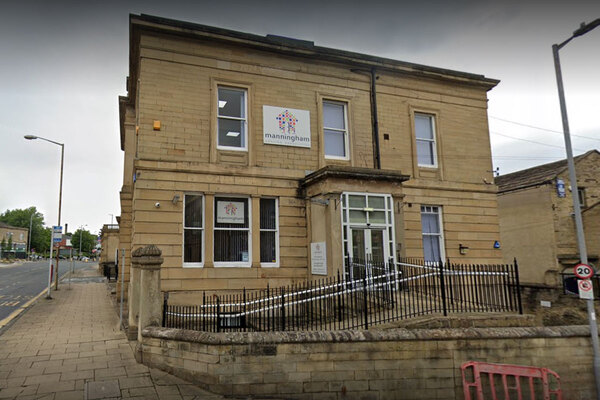You are viewing 1 of your 1 free articles
Leaseholders face waking watch bill of £670 each a month as MP warns of ‘growing crisis’
Leaseholders in a block of flats face an extra monthly bill of £670 each for 24-hour waking watches – more than six times the amount residents are paying at a larger nearby development.
The occupants of 25 flats at the six-storey Timble Beck block, in Leeds city centre, face the charge for round-the-clock surveillance after fire officers demanded action as a result of safety fears.
However, at a 200-apartment block at the Leeds Dock development half a mile away, leaseholders have been told that their monthly bill will be £100 each.
The cases highlight the confusion and stress leaseholders face as owners and management companies of buildings affected by post-Grenfell measures get to grips with the costs.
Leeds MP Hilary Benn told Inside Housing that the situation is a “growing crisis”.
Centrick, the company that manages the Timble Beck block, which is part of the Fearn Island Mills development, said: “The waking watch cover, in terms of number of hours and personnel to be on site, has been dictated by the local fire authority.
“As agents for the building we rely on the professional experts to instruct the recommended cover to ensure the safety of our residents. Whilst we acknowledge that this is an unexpected expenditure, it is a symptom of a nationwide challenge being experienced on many developments.”
The company had originally told leaseholders that the total weekly bill would be £8,568 per week, which works out as nearly £1,400 a month for each leaseholder.
Regarding the £8,568 quoted to residents, the company told Inside Housing it had “no alternative” but to go with the “first available provider” as the local fire service had said the waking watch must be introduced on the same day fire officers checked the building. The total weekly bill for the building is now put at £3,864.
Fire chiefs have been stepping up their pursuit of potentially dangerous buildings in the region and last month threatened to shut down 13 blocks of flats unless steps are taken to remove their dangerous cladding.
Last week West Yorkshire Fire and Rescue Service sent out a note saying that it still needed 10 of these high rises to clarify their plans to remove dangerous cladding.
It is understood the Timble Beck block has timber infill cladding as part of its south-west façade and timber cladding on the upper floor.
Centrick has also yet to put a figure on the cost of remediation work, but is looking to install a fire alarm system in the meantime.
“We are hopeful that the waking watch can be removed or reduced, once an appropriate fire alarm system can be installed or when the remedial works can be completed,” the company said.
One leaseholder, who wished to remain anonymous, said the situation was “incredibly” stressful.
They added: “I remain incredulous that simply by buying an apartment, taking out all the necessary checks, paying all the right insurances for years, I can be faced with bills of hundreds of pounds a week for an indeterminate amount of time.
“I then face a bill of multiple thousands of pounds to put right the regulatory failures of the fabric of a building that is actually owned by someone else.”
Centrick said: “As yet the cost of any remedial works is unknown. The primary step was to comply with the instructions of the local fire officer and implement the required measures.
“As soon as any further costs are established this will be communicated and consultation with the residents will commence.”
Elsewhere in the city, Debbie Haigh, a resident of the Cartier House building in Leeds Docks, comprising around 100 flats, told Inside Housing she had been asked to pay £10 a week for her building’s waking watch. It is unclear what the bill for the entire building amounts to.
She also faces an anxious wait to hear the results of a fire risk assessment. “We’ve got no idea how much [the bill for remediation work] will be,” she said. “It’s hugely stressful and worrying.You would think the safety issue would be top of the list, but it’s actually the financial aspect that is causing the biggest stress.”
Dan Dickinson, head of block management at LIV Group, the managing agent of Cartier House, said it had been “working diligently with the block landlord to ensure the safety and well-being of our residents”.
He added: “Following a recent façade fire risk assessment at Cartier House, we are now working with the block landlord to finalise the report and will be sharing the findings with our residents in the near future.”
Mr Benn said: “This is a growing crisis. More and more leaseholders are finding themselves in an absolutely impossible position being asked for sums of money for waking watches which they can’t afford and facing complete uncertainty about how dangerous cladding or wall systems will be replaced on their block which their and rescue service says is unsafe.
“Ultimately freeholders need to deal with this but if they can’t then I think the government needs to step in and take responsibility.”
Grenfell Tower Inquiry phase two previews
Picture: Getty
Inside Housing published a series of preview articles ahead of the start of Phase Two of the Grenfell Tower Inquiry on Monday 27 January. You can read them here:
What was known in central government about cladding?
What did officials know about the dangers of fire from combustible cladding, and did they act on the warnings?
Click here to read the full story
The testing and certification of materials
What tests and certificates existed for the materials used in the cladding system on Grenfell Tower, and was the system that provided them fit for purpose?
Click here to read the full story
The decision to install the cladding
Who decided to install polyethylene-cored ACM cladding on Grenfell Tower and why?
Click here to read the full story
The fire doors and windows
What went wrong with the fire doors and window installed at the tower?
Click here to read the full story
The warnings of the local community
What did residents say before the fire and why were they ignored?
Click here to read the full story
Over the course of the inquiry, Inside Housing will publish regular news updates on its progress and a weekly round-up of the key evidence and its significance for the social housing sector every Friday afternoon.

